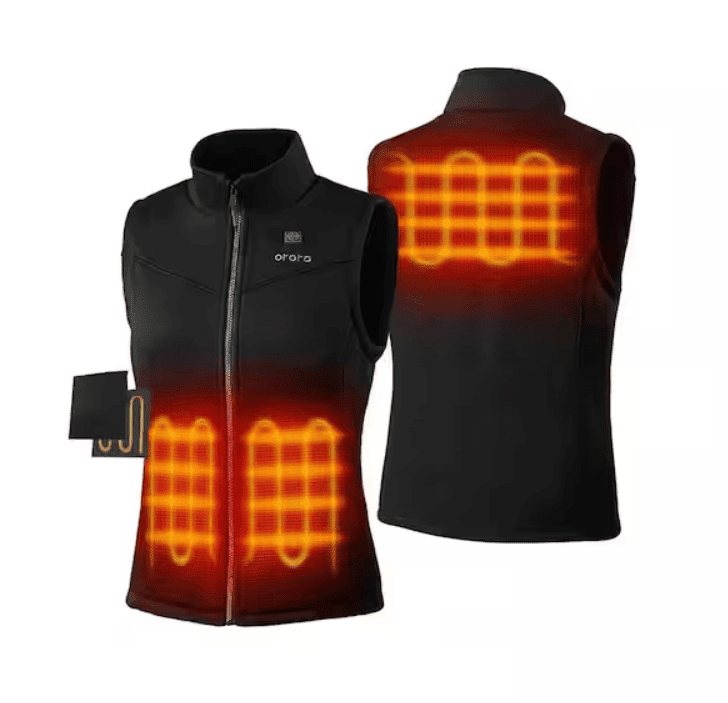As the winter chill sets in, heated vests and clothing are becoming increasingly popular for those looking to stay warm without the bulk of multiple layers. These garments often rely on lithium batteries to provide the necessary power. But what sets some of these batteries apart is their ability to last up to 20 hours, a significant leap from the typical 3 to 10-hour lifespan of most heated clothing batteries. So, what's the secret behind these long-lasting heated lithium batteries? Let's delve into the science and technology to find out.
The Anatomy of a Lithium Battery
Before we dive into the specifics of heated lithium batteries, it's essential to understand the basic components of a lithium battery:
- Anode: Usually made of lithium metal or lithium-ion.
- Cathode: Made of a lithium metal oxide.
- Electrolyte: A lithium salt dissolved in an organic solvent.
- Separator: A porous material that separates the anode and cathode.
The Working Principle of Traditional Lithium Batteries
In a traditional lithium battery, lithium ions move from the anode to the cathode through the electrolyte, generating an electric current. This current is then used to power the device, in this case, the heating elements in the clothing.
What Makes Heated Lithium Batteries Different?
Heated lithium batteries come equipped with built-in heating elements. These elements serve a dual purpose:
- Temperature Regulation: The heating elements maintain the battery at an optimal operating temperature, especially in cold environments where battery performance typically declines.
- Enhanced Efficiency: By keeping the battery warm, the chemical reactions that generate electricity occur more efficiently, leading to a longer-lasting charge.
How Do Heated Lithium Batteries Function?
- Initial Activation: Once the battery is activated, either by plugging it into the garment or by pressing a button, the built-in heating elements start warming up the battery to its optimal operating temperature.
- Temperature Monitoring: Advanced heated lithium batteries often come with temperature sensors that continuously monitor the internal temperature.
- Feedback Loop: If the temperature drops below the optimal range, the heating elements are activated to bring it back up. Conversely, if the temperature rises too high, the heating elements are deactivated to prevent overheating.
- Energy Distribution: While maintaining its own temperature, the battery also supplies energy to the heating elements in the clothing, providing consistent and long-lasting warmth.
Advantages of Heated Lithium Batteries
- Longer Lifespan: These batteries can last up to 20 hours, far outlasting traditional lithium batteries used in heated clothing.
- Consistent Performance: The built-in heating elements ensure that the battery performs consistently, even in cold conditions.
- Safety: The temperature regulation features can reduce the risk of overheating and subsequent thermal runaway, making them safer to use.
Conclusion
Heated lithium batteries are a game-changer in the world of heated clothing, offering extended battery life and consistent performance. Their built-in heating elements and advanced temperature regulation systems make them highly efficient and safe for winter use. So, the next time you enjoy the long-lasting warmth from your heated vest or jacket, you'll know the science that makes it possible.
Stay warm and stay informed!
